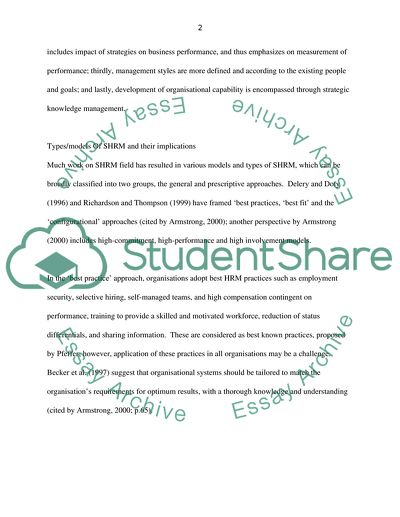Cite this document
(Which Structural Form, if any, Is Most Suitable for an SHRM Approach Report, n.d.)
Which Structural Form, if any, Is Most Suitable for an SHRM Approach Report. https://studentshare.org/human-resources/1565784-which-structural-form-if-any-is-most-suitable-for-an-shrm-approach
Which Structural Form, if any, Is Most Suitable for an SHRM Approach Report. https://studentshare.org/human-resources/1565784-which-structural-form-if-any-is-most-suitable-for-an-shrm-approach
(Which Structural Form, If Any, Is Most Suitable for an SHRM Approach Report)
Which Structural Form, If Any, Is Most Suitable for an SHRM Approach Report. https://studentshare.org/human-resources/1565784-which-structural-form-if-any-is-most-suitable-for-an-shrm-approach.
Which Structural Form, If Any, Is Most Suitable for an SHRM Approach Report. https://studentshare.org/human-resources/1565784-which-structural-form-if-any-is-most-suitable-for-an-shrm-approach.
“Which Structural Form, If Any, Is Most Suitable for an SHRM Approach Report”. https://studentshare.org/human-resources/1565784-which-structural-form-if-any-is-most-suitable-for-an-shrm-approach.


